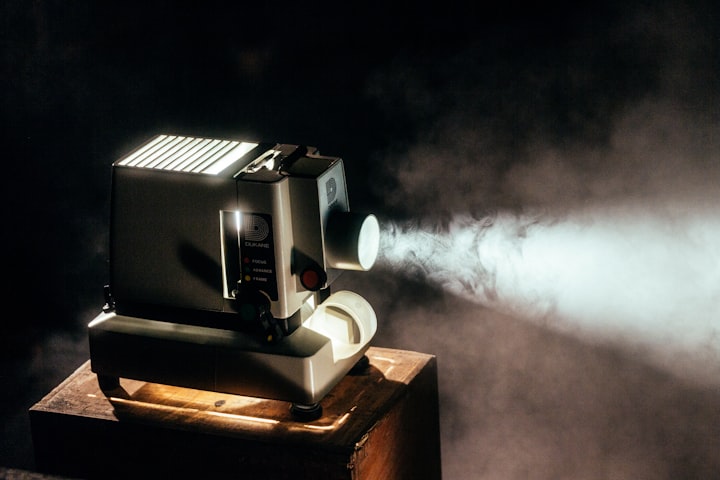An analysis of "The First Picture Show"
A look at "The First Picture Show:Cinematic Aspects of Cave Art" by Edward Watchtel

Edward Wachtel’s article “The First Picture Show: Cinematic Aspects of Cave Art” has an interesting premise; Wachtel suggests that cave art has a different way of addressing time and motion than contemporary art (Wachtel). There are some flaws in Wachtel’s ideas about the use of the caves, however the ideas he presented on the perspectives of the artists and how the art was intended to be presented seems to be sound. So Wachtel has made a great point on viewing and investigating cave art, but as usual the purpose of cave art remains dubious.
In this article Wachtel challenges the idea that caves were chosen because “access could be easily limited” Wachtel said that the explanation “seemed inadequate” (Wachtel). Instead he supposes, “their purpose had to do with the nature of the light source and visual environment of the caves” (Wachtel). Wachtel then uses his own experiences inside sites with cave art experimenting with the light to support his claims. Such as his time in La Mouthe cave without electricity, using an oil lamp, lighting the cave like the artists would have painted in. An issue with this is to prove his point beyond a doubt Wachtel should have utilized a replication of the lamps from that period to gain the most accurate perspective. There is also issue with his lack of reinvestigation of Les Combarelles; Wachtel said that his visit there had shown that the art lacked this cinematic experience under the electric lighting that had been placed in the cave (Wachtel). Discussing a return visit in different lighting would add more credibility to his ideas, especially if his findings were similar in Les Combarelles to the other cave sites he visited. Still the effect of lighting on the cave art does seem to be important factor in how the art is viewed.
Wachtel’s description’s of the paintings under the light seem reasonable, though it is a hindrance to his point that such a phenomenon couldn’t really be portrayed by a picture or filmed. The biggest issue with his description of the effect is his labeling of it being “cinematic” or “like a movie” (Wachtel). This label implies that the art tells a story. It doesn’t seem like there is any evidence for stories in the art, unless the stories are extremely short and simple in plot, like an animal moving. I think a more accurate label might be something like illusions or animations. Wachtel’s description of the Font-de-Gaume gallery matches that characterization fairly closely as he describes how with tricks in lighting a hind can become a bison and a bison can become a Mammoth (Wachtel).
The largest issue that Wachtel faces in his article is his theory on the caves uses. The idea that it could be used to train or initiate young hunters (Wachtel) seems flawed. Mostly because many of the animals painted on cave walls were not hunted for food. Another issue with this theory is that hunting is believed to be a male role in that society, and evidence suggests that women made most of the handprints in caves. That fact seems to lend itself more to the idea that these caves were considered sacred and magical places. Wachtel’s explanation on superimposed images doesn’t seem to fit in logically with the cinematic phenomenon he discussed, lighting probably does affect those images but they are hard to picture as cinematic or animations. The present idea that the superimposed images show the importance of the site is more logical. If the purpose of painting images over each other was to build cinematic effect why would the images underneath be older than the ones on top? It doesn’t make sense unless generations were working together to slowly create the animated effects, which doesn’t sound plausible.
At the end of the article I think Wachtel’s ideas on viewing cave art are spot on, they should be viewed in the way the author painted them. However his ideas on cinematic experience and the artists concepts of time seem to be unfounded or at least difficult to prove with the evidence he has. Lastly I believe Wachtel’s theory on the caves uses as training centers for hunters to be unlikely but thought provoking. So though Wachtel highlights a good point on how cave art should be viewed, I don’t think the evidence is best used to reinterpret longstanding views on cave use.
This piece was originally turned in as an Art History Paper at CSULB in 2015.





Comments
There are no comments for this story
Be the first to respond and start the conversation.